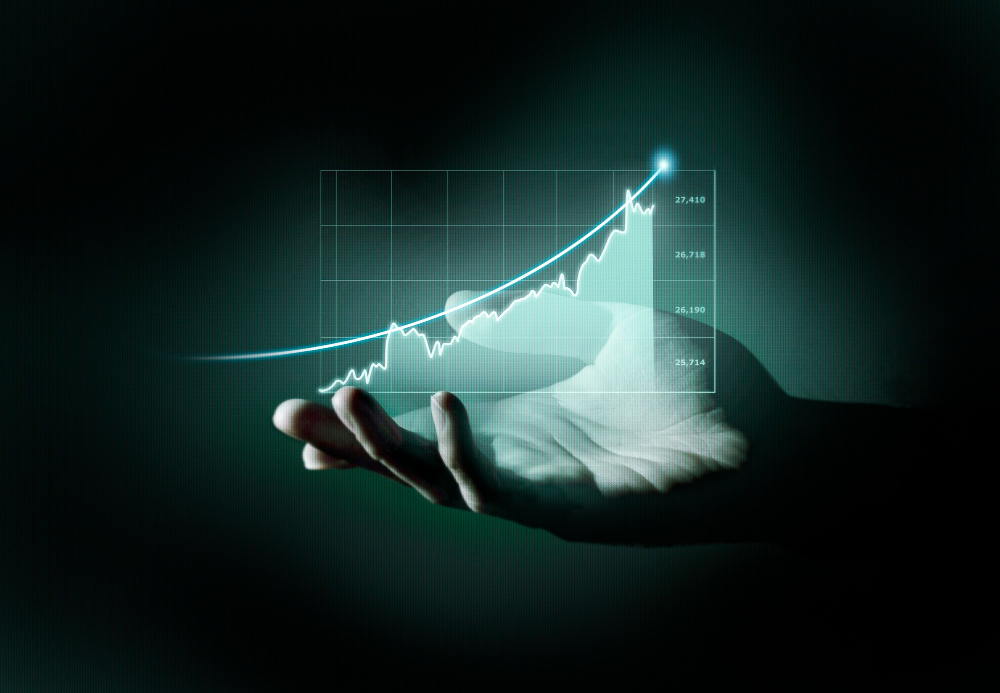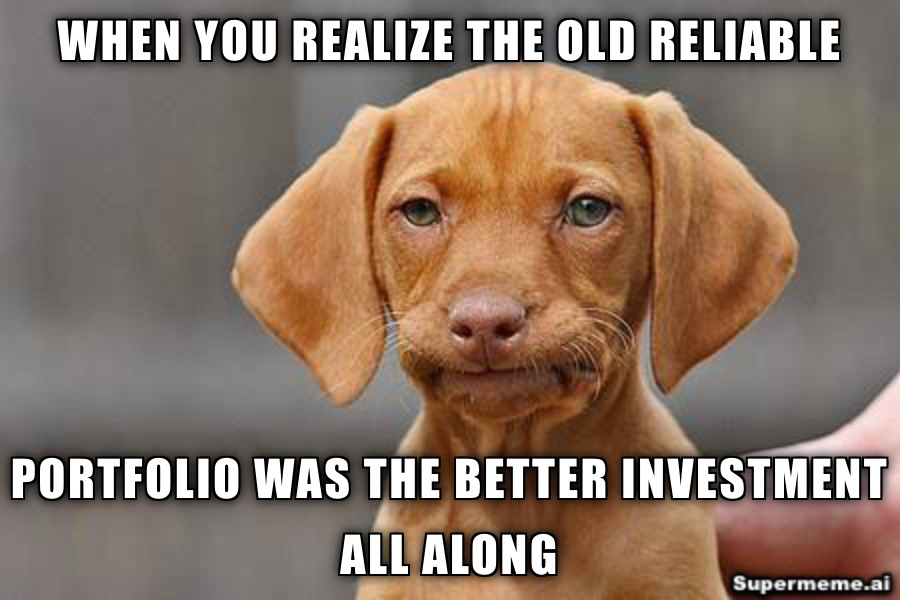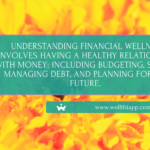
Economic Cycles: Preparing for Rainy Days and Harnessing the Sunny Ones
Hey there, money-savvy friends! Today, let’s dive into the fascinating world of the economic cycle and how it can shape our financial journeys. The economic cycle, also known as the business cycle, is like a dance between growth and contraction in the economy. It affects everything from jobs and investments to the prices of goods […]










